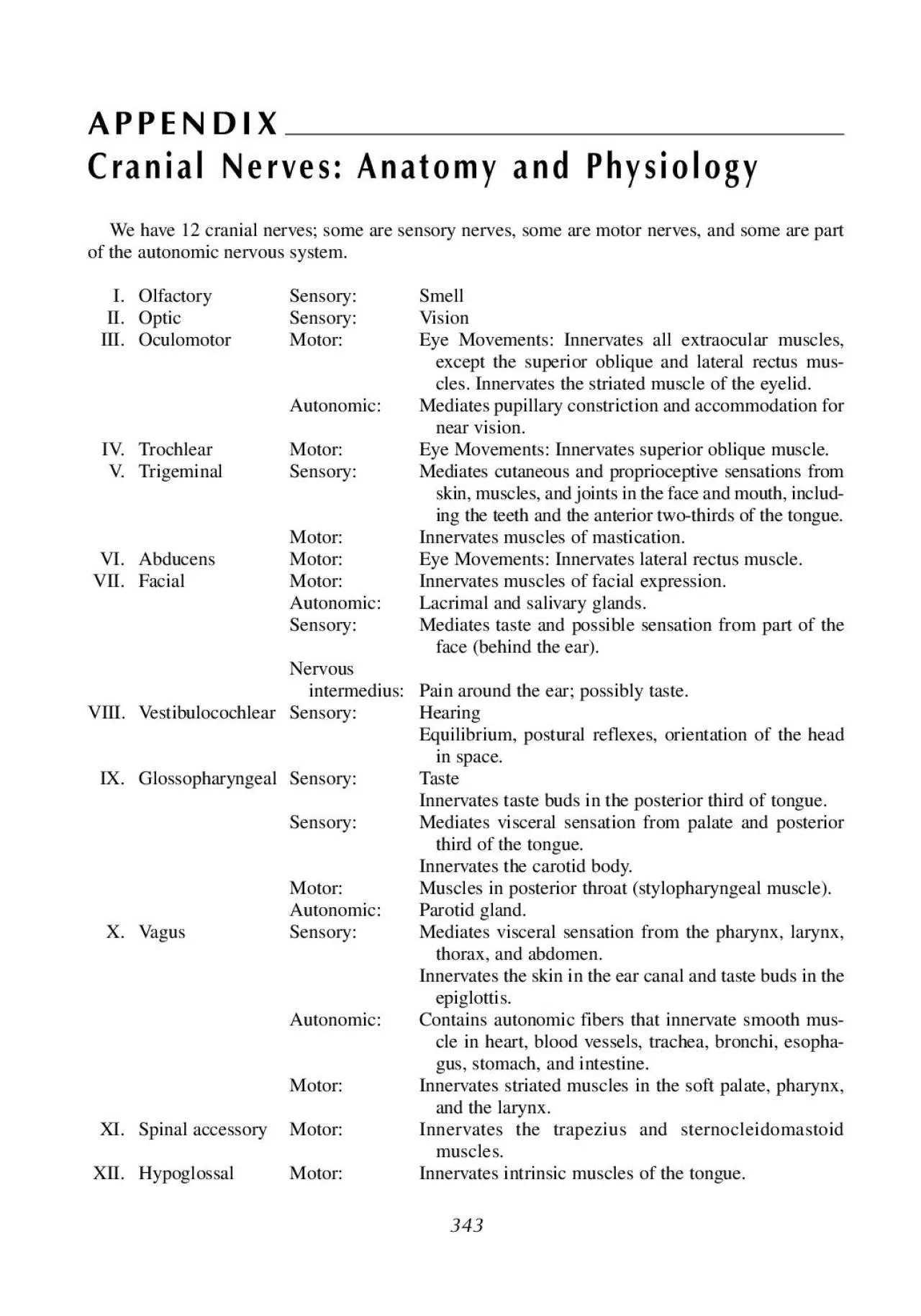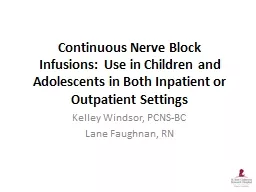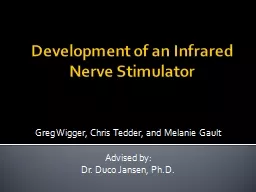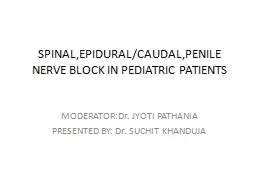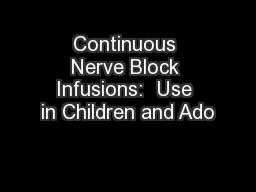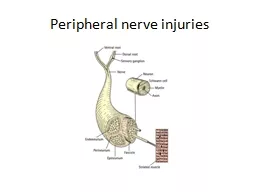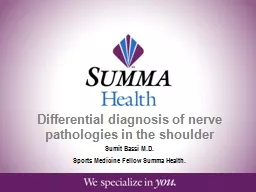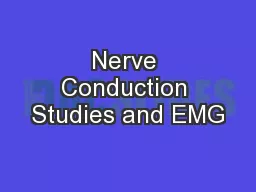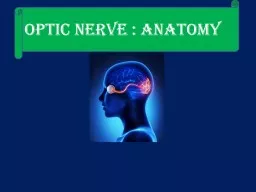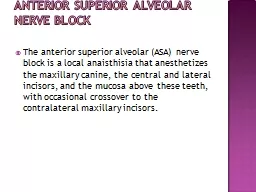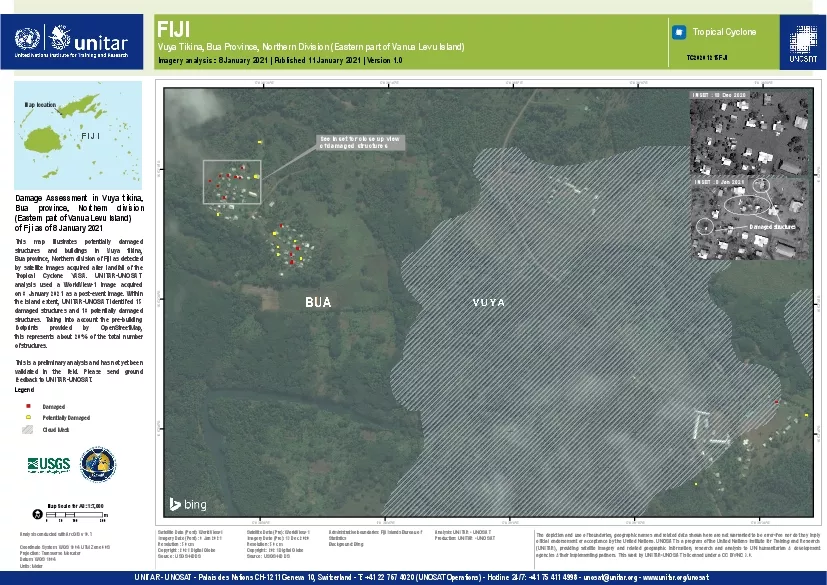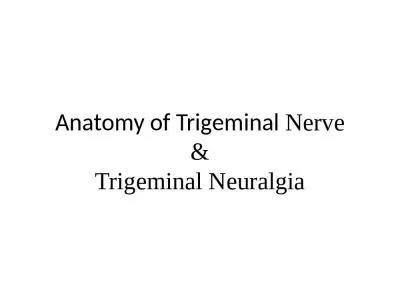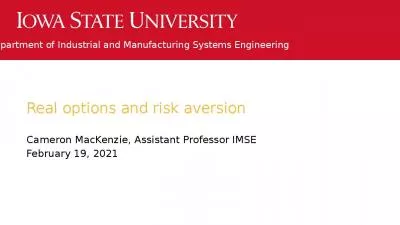PDF-352Generators neuralABR 68Glossopharyngeal nerve CN IX 178 343G
Author : belinda | Published Date : 2022-08-25
Wehave 12 cranial nerves some are sensory nervessome are motor nervesand some are partof the autonomic nervous systemIOlfactorySensorySmellIIOpticSensoryVisionIIIOculomotorMotorEye
Presentation Embed Code
Download Presentation
Download Presentation The PPT/PDF document "352Generators neuralABR 68Glossopharynge..." is the property of its rightful owner. Permission is granted to download and print the materials on this website for personal, non-commercial use only, and to display it on your personal computer provided you do not modify the materials and that you retain all copyright notices contained in the materials. By downloading content from our website, you accept the terms of this agreement.
352Generators neuralABR 68Glossopharyngeal nerve CN IX 178 343G: Transcript
Download Rules Of Document
"352Generators neuralABR 68Glossopharyngeal nerve CN IX 178 343G"The content belongs to its owner. You may download and print it for personal use, without modification, and keep all copyright notices. By downloading, you agree to these terms.
Related Documents

